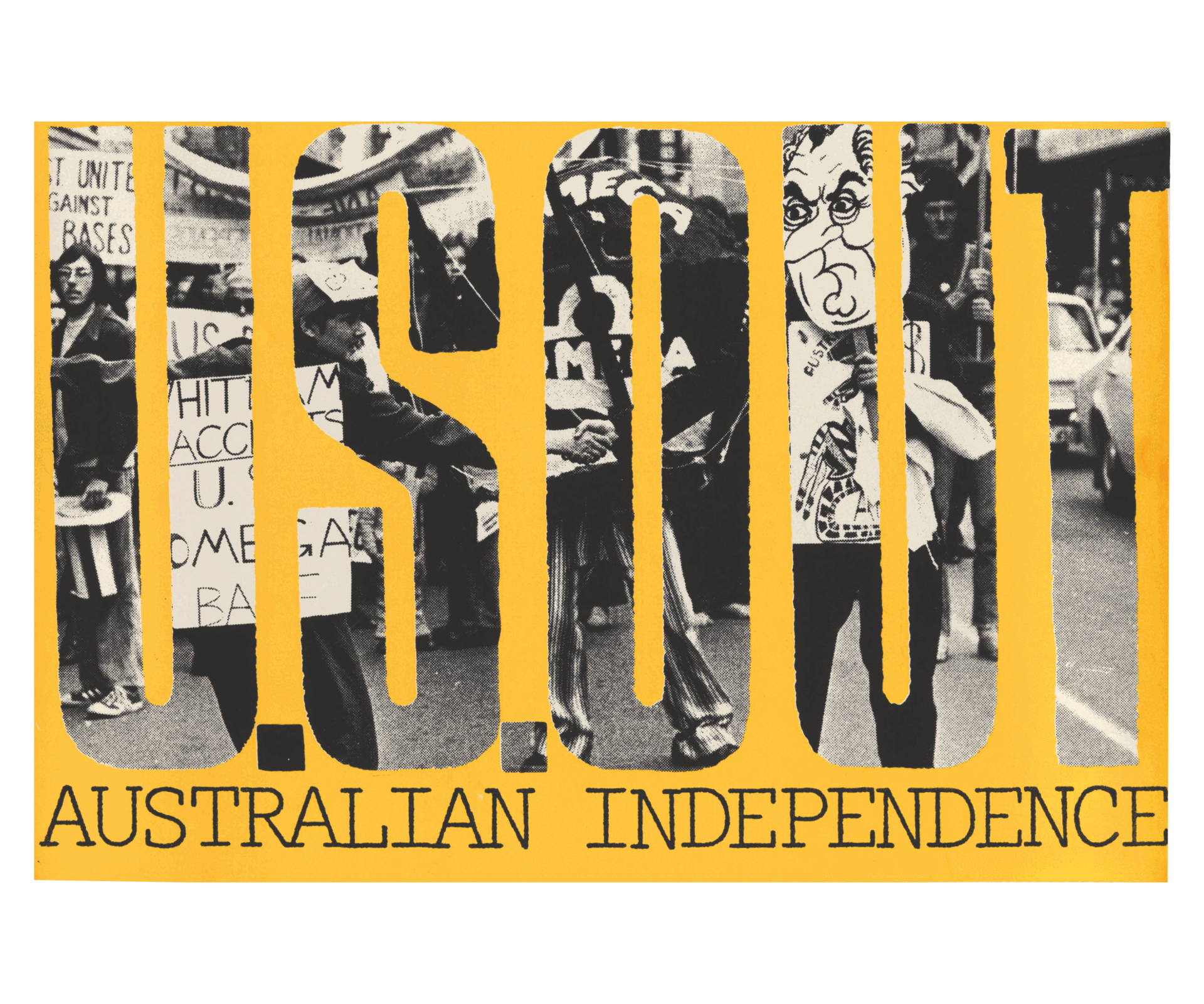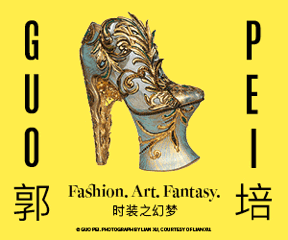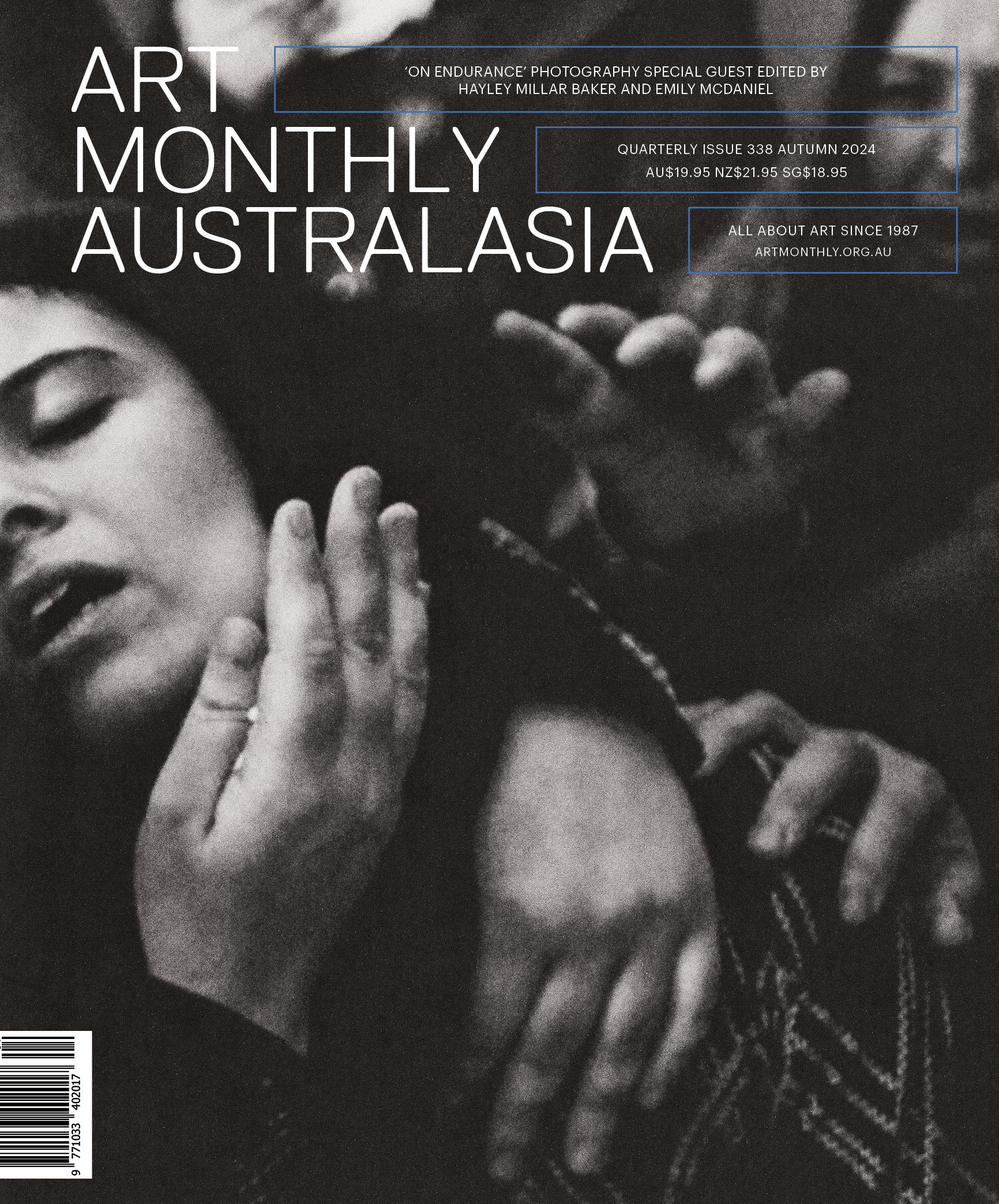Re-runs and re-enactments at the Perth Festival
/David Noonan, Untitled, 2019, installation view, ‘A Dark and Quiet Place’, Fremantle Arts Centre, 2019; Jacquard tapestry, stainless steel hanging system, 190 x 300cm; photo: Rebecca Mansell
Thinking about the visual arts program at this year’s Perth Festival, I was struck by a peculiar and noteworthy pattern in its offerings. At the Fremantle Arts Centre (FAC, until 31 March), David Noonan’s sombre projection piece A Dark and Quiet Place (2017) is on its third showing, after earlier presentations in London and Melbourne. At the Perth Institute of Contemporary Arts (until 14 April), a large solo exhibition by Canadian artist Cassils was opened with a performance of Becoming an Image, first executed in Los Angeles in 2012. The show consists substantially of documentation from that and other previous performances. At John Curtin Gallery (until 18 April), a two-person show features Candice Breitz’s 2016 video work Love Story alongside Angelica Mesiti’s two-channel projection Mother Tongue (2017), both shown before in other festivals and exhibition formats. In 2019, the festival has become a venue for re-runs and re-enactments, whose presentation in this context is often incongruous or unconvincing.
Noonan’s contribution is exemplary in this regard. The show – given just two small rooms in FAC’s labyrinthine nineteenth-century building – takes its name from the headline work, a 28-minute sequence of slowly dissolving black-and-white found imagery. Quotation and iteration are the primary terms: A Dark and Quiet Place elaborates on themes from Noonan’s broader oeuvre, especially the suggestive, overlapping juxtaposition of images from different formal or thematic genera. Here they are theatrical performance and painterly abstraction; the work unfolds rather like a slide show, recording the debut of a frightening suprematist opera (Malevich’s 1913 designs for Victory over the Sun seem like an unavoidable reference point).
In a book produced to accompany the work, an essay by the Irish author Brian Dillon provides it with a kind of textual frame, but in most senses it comes to us rather bare, almost naked. The exhibition’s second room features several prints, but these tell us little about the artist’s project, and nothing about who he is speaking to. The curatorial contribution is remarkably limited – a short wall text, with the mere fact of the artist being internationally successful seeming to stand in for any sturdier notion of why this material matters and why it is here, in Perth, today. As with much of the festival’s visual arts program, there is the uncomfortable sense that all of this, like a hazy transmission from some distant star cluster, is shortly to end and leave us all suddenly, shockingly, alone again.
Christopher Barrett-Lennard, Perth



























